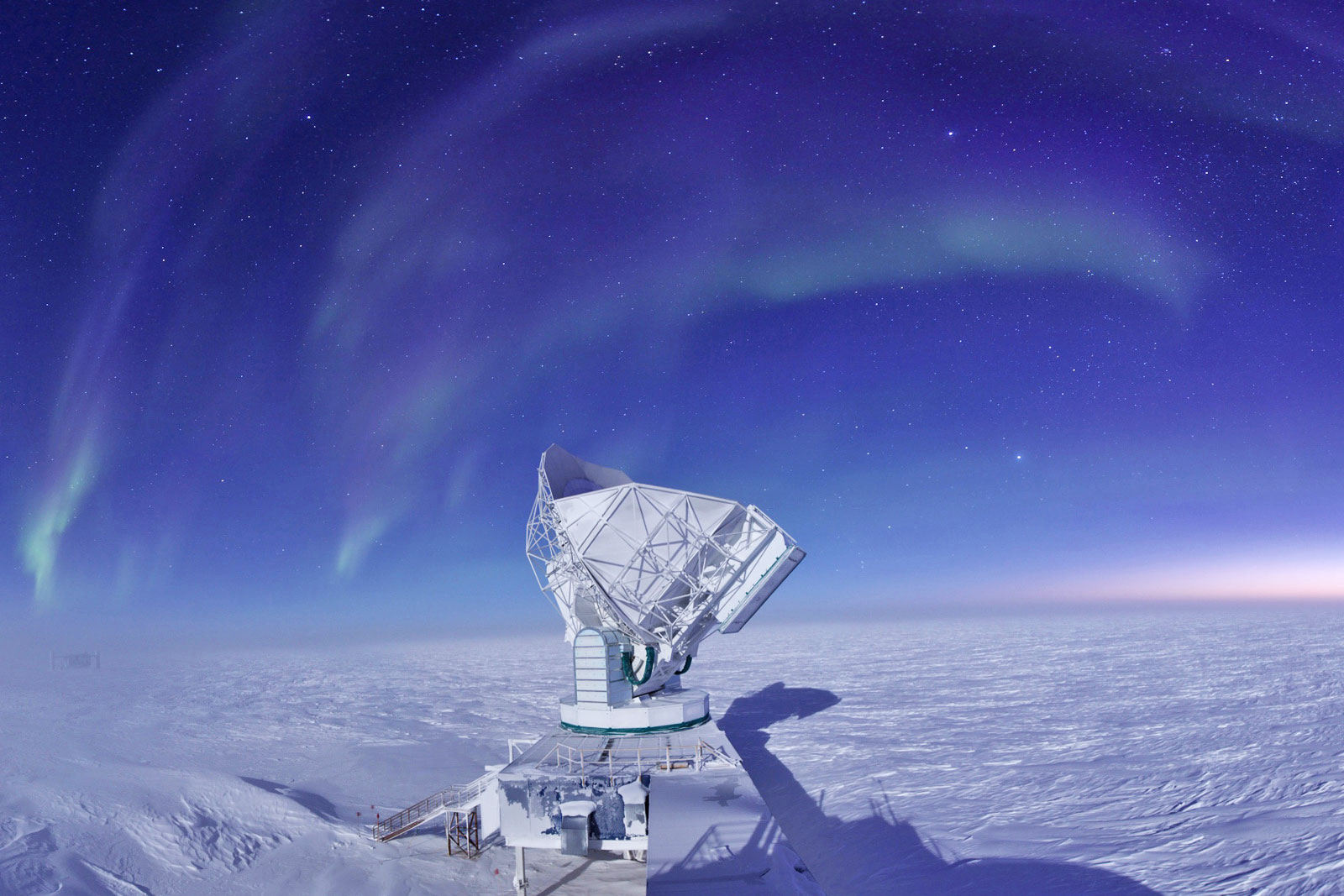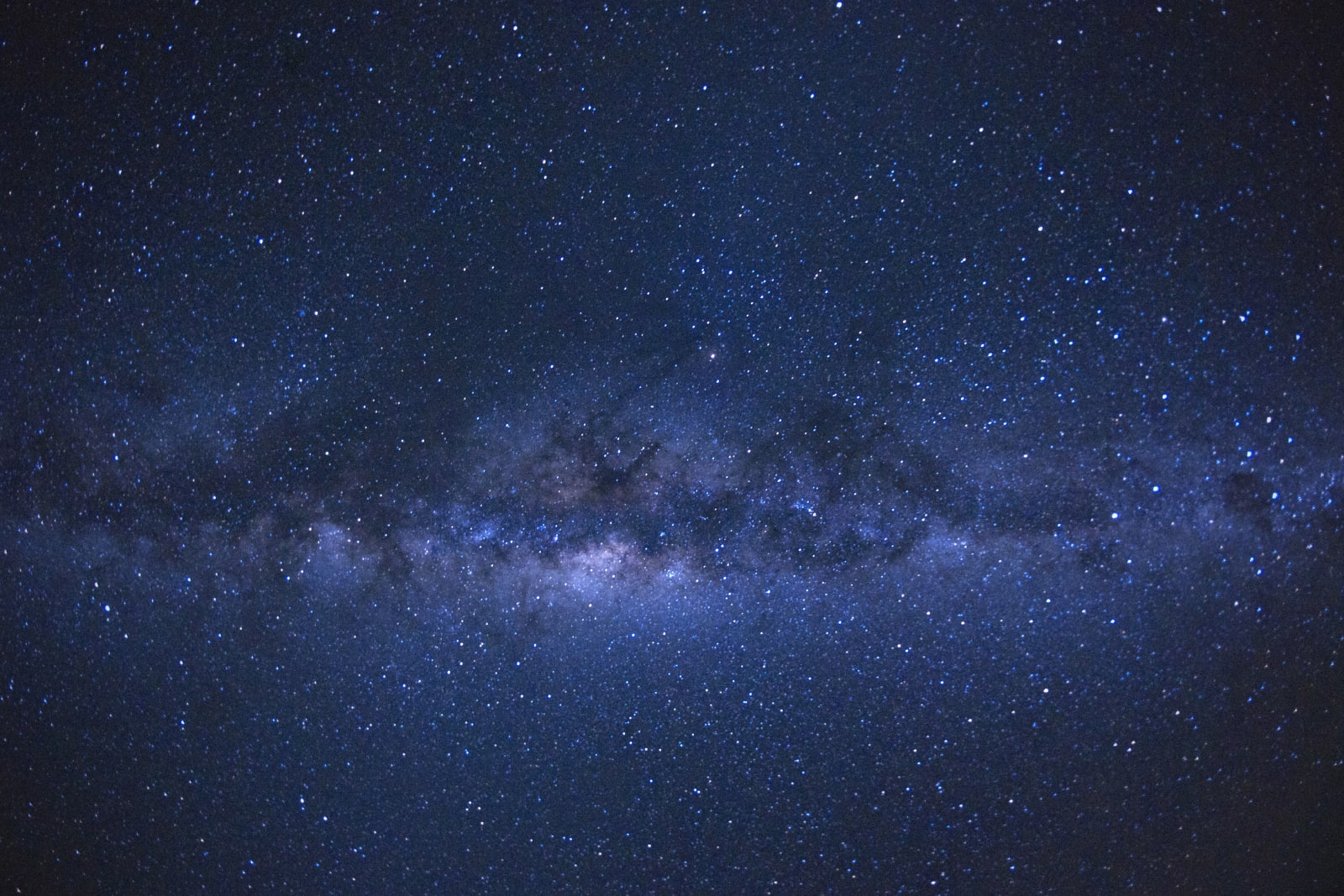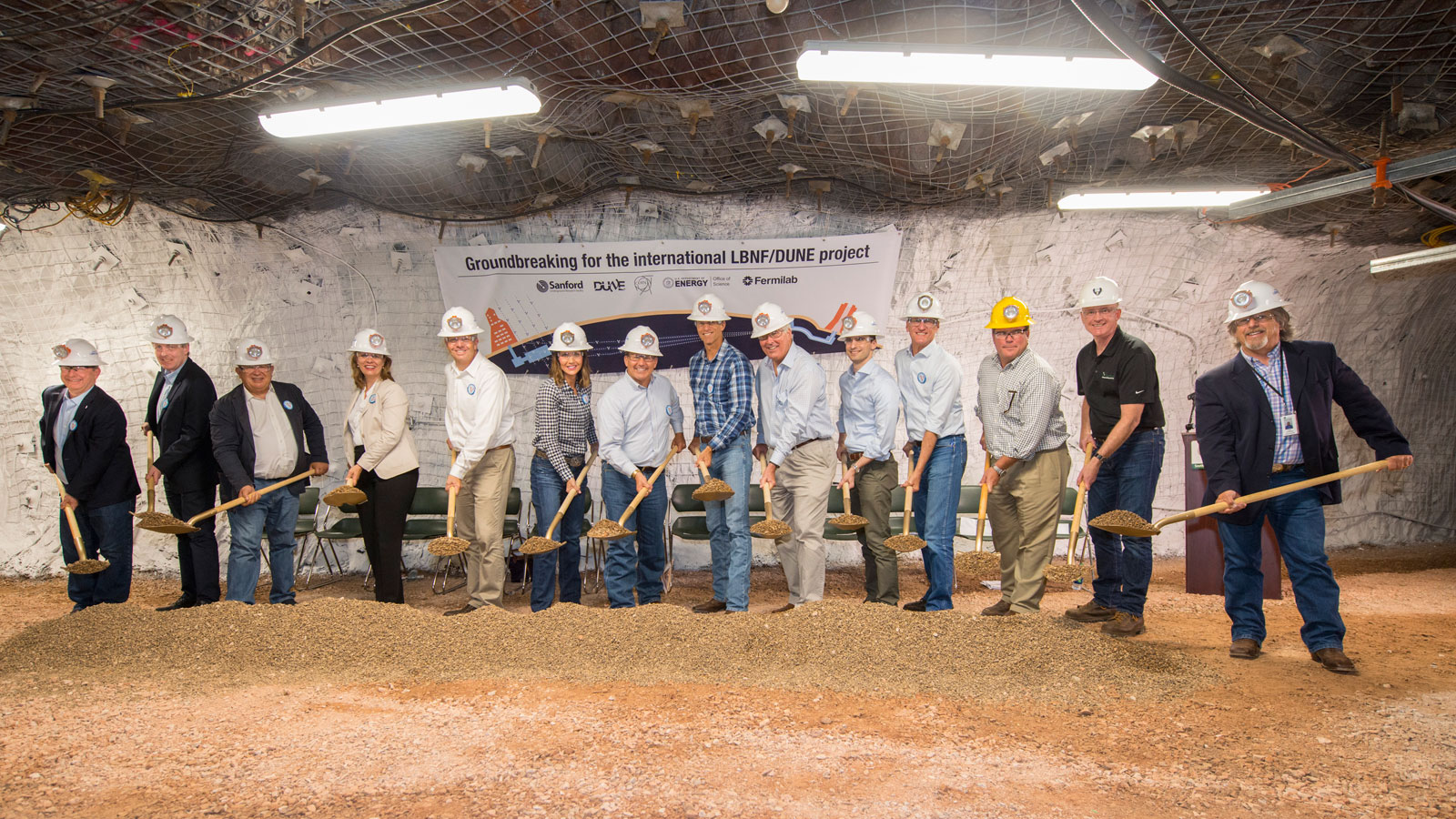
The National Optical Astronomy Observatory (NOAO) puts it into perspective right away: "Eight billion years ago, rays of light from distant galaxies began their long journey to Earth." It's important to hold that fact in mind, as we marvel at the first images from deep in the belly of our universe to arrive from the Chile-based Dark Energy Camera (DECam). As that name might suggest, peering at remote galaxies for purely visual gratification isn't the camera's primary purpose. The result of eight years of planning and hard work, involving engineers and scientists from three continents, the DECam is mounted on the Victor M. Blanco Telescope at the Cerro Tololo Inter-American Observatory in Chile. Sitting atop a 7,200-foot mountain, the camera is part of the Dark Energy Survey, which intends to gather information on over 300 million galaxies. The goal is to better understand dark energy -- a concept that represents our best explanation for why the universe's rate of expansion is speeding up, rather than slowing due to gravity. Gaze past the break for the background on the project.
Continue reading DECam: Gazing deep into the final frontier in search of dark energy
Filed under: Science, Alt
DECam: Gazing deep into the final frontier in search of dark energy originally appeared on Engadget on Wed, 19 Sep 2012 13:39:00 EDT. Please see our terms for use of feeds.
Permalink |
 NOAO, Fermilab
NOAO, Fermilab |
Email this |
Comments
 Scientists just got a valuable tool in their quest to understand the cosmic microwave background radiation that persists from the earliest days of the universe. The South Pole Telescope recently received an ultra-sensitive camera that will study the...
Scientists just got a valuable tool in their quest to understand the cosmic microwave background radiation that persists from the earliest days of the universe. The South Pole Telescope recently received an ultra-sensitive camera that will study the...
 Scientists just got a valuable tool in their quest to understand the cosmic microwave background radiation that persists from the earliest days of the universe. The South Pole Telescope recently received an ultra-sensitive camera that will study the...
Scientists just got a valuable tool in their quest to understand the cosmic microwave background radiation that persists from the earliest days of the universe. The South Pole Telescope recently received an ultra-sensitive camera that will study the...
 Space may be the final frontier, but we've barely begun to explore its underlying mechanics. For as much as humanity has discovered since we first looked to the heavens, we've only seen about 15 percent of the total matter in the universe. The other...
Space may be the final frontier, but we've barely begun to explore its underlying mechanics. For as much as humanity has discovered since we first looked to the heavens, we've only seen about 15 percent of the total matter in the universe. The other...
 Neutrinos are notoriously difficult to understand, but work is underway to know them a little better. Researchers have officially broken ground on the Long-Baseline Neutrino Facility, the home to the international Deep Underground Neutrino Experimen...
Neutrinos are notoriously difficult to understand, but work is underway to know them a little better. Researchers have officially broken ground on the Long-Baseline Neutrino Facility, the home to the international Deep Underground Neutrino Experimen...








